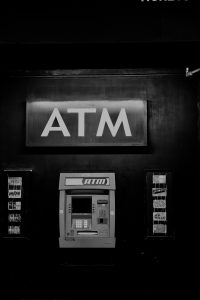Forex trading is known for its high volatility and risk. As a trader, it is important to understand the relationship between risk and reward in order to make informed decisions and maximize profits. This is where the concept of risk to reward ratio comes into play.
The risk to reward ratio is the ratio of the amount a trader is willing to risk on a trade to the potential profit they can make. For example, if a trader is willing to risk $100 on a trade and the potential profit is $200, the risk to reward ratio is 1:2. The optimal risk to reward ratio in forex trading depends on a number of factors, including the trader’s personal risk tolerance, their trading strategy, and the market conditions.
Personal Risk Tolerance
One of the most important factors that determines the optimal risk to reward ratio is the trader’s personal risk tolerance. This is the amount of risk a trader is comfortable taking on in order to achieve a certain level of profit. Some traders are more risk-averse and prefer a lower risk to reward ratio, while others are willing to take on more risk in order to achieve higher profits.
It is important for traders to understand their own risk tolerance and adjust their risk to reward ratio accordingly. If a trader is uncomfortable with a high risk to reward ratio, they may want to adjust their strategy to focus on lower-risk trades. On the other hand, if a trader is comfortable with higher levels of risk, they may choose to focus on trades with a higher risk to reward ratio.
Trading Strategy
Another factor that determines the optimal risk to reward ratio is the trader’s trading strategy. Different trading strategies have different risk profiles and require different risk to reward ratios. For example, a scalping strategy that focuses on making small profits from multiple trades may require a higher risk to reward ratio in order to achieve a meaningful profit. Conversely, a swing trading strategy that focuses on holding positions for longer periods of time may require a lower risk to reward ratio in order to minimize risk.
Market Conditions
The optimal risk to reward ratio also depends on the current market conditions. In a volatile market with high levels of uncertainty, traders may want to focus on trades with a lower risk to reward ratio in order to minimize risk. In a more stable market, traders may be able to take on more risk and focus on trades with a higher risk to reward ratio.
In addition, traders should take into account the currency pairs they are trading and their historical volatility. Some currency pairs are known to be more volatile than others, and may require a different risk to reward ratio in order to achieve a profitable trade.
Conclusion
In conclusion, the optimal risk to reward ratio in forex trading depends on a number of factors, including the trader’s personal risk tolerance, their trading strategy, and the market conditions. It is important for traders to understand these factors and adjust their risk to reward ratio accordingly in order to maximize profits while minimizing risk. By doing so, traders can achieve long-term success in the forex market.





